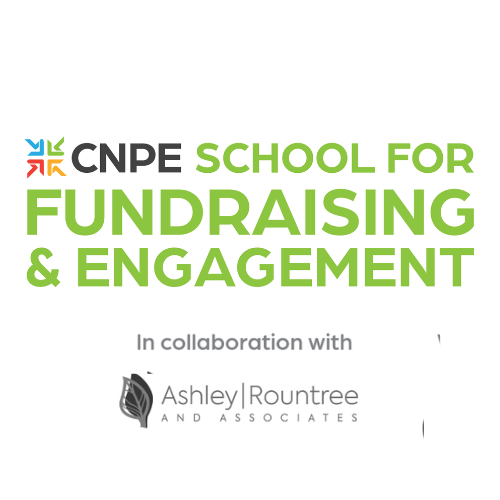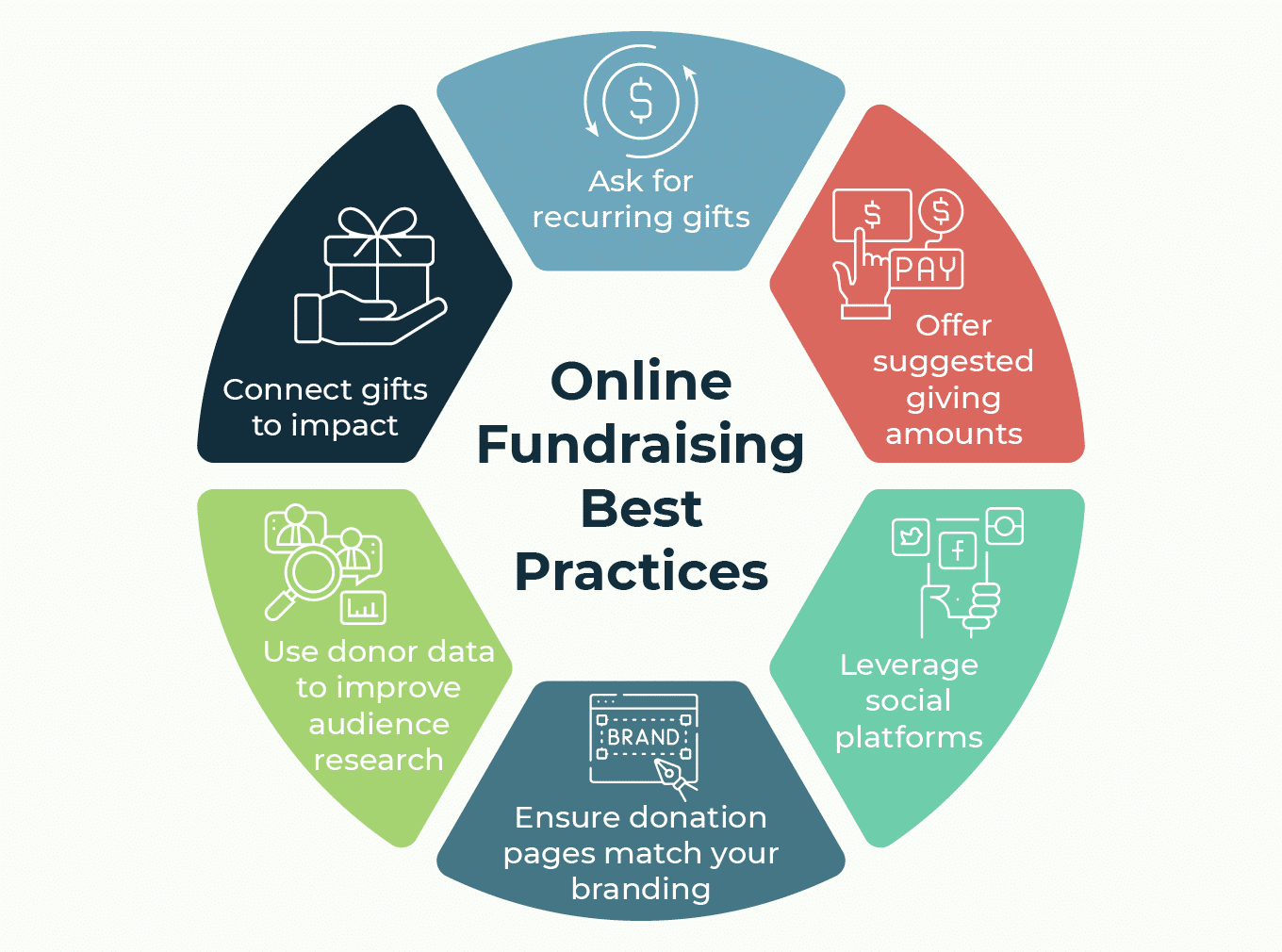Online Fundraising: Effective Digital Campaigns for Nonprofit Success
Online Fundraising: Effective Digital Campaigns for Nonprofit Success
Blog Article
The Function of Community Engagement in Nonprofit Fundraising: Structure Lasting Relationships for Sustainable Assistance
Area involvement is progressively identified as a crucial part of successful not-for-profit fundraising. By promoting genuine connections with local stakeholders, organizations can grow trust and commitment, which are necessary for lasting support. However, the strategies and methods employed to engage areas vary widely, increasing essential questions regarding efficiency and effect. What are the most effective practices for growing these necessary links, and just how can nonprofits measure their success in this field? Recognizing these characteristics can substantially affect the future of fundraising initiatives and the total mission of not-for-profit organizations.
Comprehending Neighborhood Interaction
Area engagement is a crucial part of effective nonprofit fundraising efforts. Nonprofits need to determine essential stakeholders-- such as community members, regional companies, and various other companies-- to develop efficient involvement techniques.
Effective area engagement is predicated on active listening and responsiveness to the demands and rate of interests of the community. This process involves obtaining responses, comprehending community characteristics, and ensuring that the organization's mission lines up with neighborhood top priorities. Involving the neighborhood can take numerous forms, including public conferences, volunteer opportunities, and partnership efforts, each designed to urge participation and investment in the company's goals.
Additionally, area engagement ought to be approached as an ongoing discussion instead than an one-time effort. By cultivating an inclusive setting where area voices are heard and valued, nonprofits can build a strong foundation for future fundraising ventures. Eventually, a deep understanding of neighborhood engagement empowers organizations to create genuine connections that improve their general effectiveness and sustainability.
Benefits of Solid Relationships
Solid partnerships developed with neighborhood engagement return countless benefits for not-for-profit fundraising efforts. First and foremost, these partnerships foster trust and reputation, crucial components in encouraging donors to add. When prospective fans see a nonprofit proactively entailed in their neighborhood, they are most likely to believe in its objective and impact.

Additionally, these connections help with effective communication. Nonprofits can utilize their links to share tales of influence, updates, and needs, making sure that fans remain educated and engaged. This open line of interaction not only reinforces bonds but likewise urges word-of-mouth promotion, expanding the nonprofit's reach.
Last but not least, strong area connections can draw in brand-new partners and enrollers. People and companies are a lot more inclined to line up with companies that show meaningful neighborhood participation, offering added resources and support that can considerably improve fundraising capacities. Therefore, cultivating robust partnerships with area interaction is essential to a nonprofit's long-lasting fundraising success.
Methods for Efficient Interaction
Exactly how can nonprofits efficiently engage their areas to improve fundraising initiatives? Regular updates, engaging web content, and calls-to-action can galvanize community rate of interest and participation.
Second, organizing area occasions, such as workshops, volunteer possibilities, or fundraising drives, promotes in person interaction, permitting nonprofits to showcase their effect and efforts. These occasions not just elevate funds but likewise grow relationships and Check Out Your URL enable community participants to involve straight with the cause.
Third, applying customized communication strategies can boost interaction. Tailoring messages to details contributor sectors based upon passions and previous contributions fosters a feeling of belonging and financial investment in the company's objective.
Finally, developing collaborations with regional companies and area leaders can amplify outreach initiatives. Collaborative efforts can enhance exposure and integrity, showing a cumulative commitment to the area's health. By incorporating these methods, nonprofits can build long lasting relationships that enhance fundraising efforts and drive sustainable support.
Determining Involvement Success
While involving the area is essential for successful nonprofit fundraising, measuring the effectiveness of these involvement efforts is similarly crucial. Developing clear metrics allows organizations to examine just how well they are linking with their audience and achieving their fundraising objectives. Key efficiency indications (KPIs) such as donor retention rates, volunteer engagement levels, and engagement on social networks platforms provide concrete information for examination.

Regularly assessing these metrics enables organizations to pivot their approaches when essential, guaranteeing that community involvement remains aligned with their overall objective. In addition, sharing these outcomes with stakeholders cultivates transparency and develops trust fund, motivating further neighborhood participation. Ultimately, a durable measurement structure not just educates future fundraising efforts however additionally enhances the partnership between the not-for-profit and its advocates, preparing for sustainable success.
Study in Neighborhood Effect
Numerous study show the profound impact that area interaction can carry not-for-profit fundraising success. One noteworthy example is the "Food for Thought" effort, where a regional food bank partnered with organizations and schools to host area dinners. These events not only elevated funds yet also cultivated a sense of belonging among individuals, considerably increasing benefactor retention prices.
An additional engaging case is the "Eco-friendly Spaces Project," which entailed local citizens in the revitalization of metropolitan parks. This campaign not browse around these guys only garnered monetary assistance from neighborhood businesses but additionally grew a volunteer base that contributed to recurring upkeep and shows. The feeling of ownership and satisfaction among neighborhood participants converted right into sustained payments.
In the world of arts, the "Art for All" campaign efficiently engaged local artists and customers to develop collaborative art setups, resulting in boosted presence and contributions for a regional arts not-for-profit.
These examples highlight that when nonprofits focus on neighborhood participation, they can produce long lasting partnerships that enhance fundraising efforts, ensuring sustainable assistance and promoting a vibrant neighborhood culture. Such situations show that area interaction is not simply a method yet a crucial column of nonprofit success.
Verdict
In final thought, community interaction is essential to the success of not-for-profit fundraising efforts. Eventually, a durable foundation of area assistance not only amplifies fundraising possible however also cultivates a culture of collaboration, crucial for accomplishing long-lasting business objectives and maintaining purposeful effect. fundraising consultant.
Nonprofits need to determine vital stakeholders-- such as community members, neighborhood organizations, and various other organizations-- to produce effective involvement approaches.

In verdict, community engagement is important to the success of not-for-profit fundraising initiatives.
Report this page